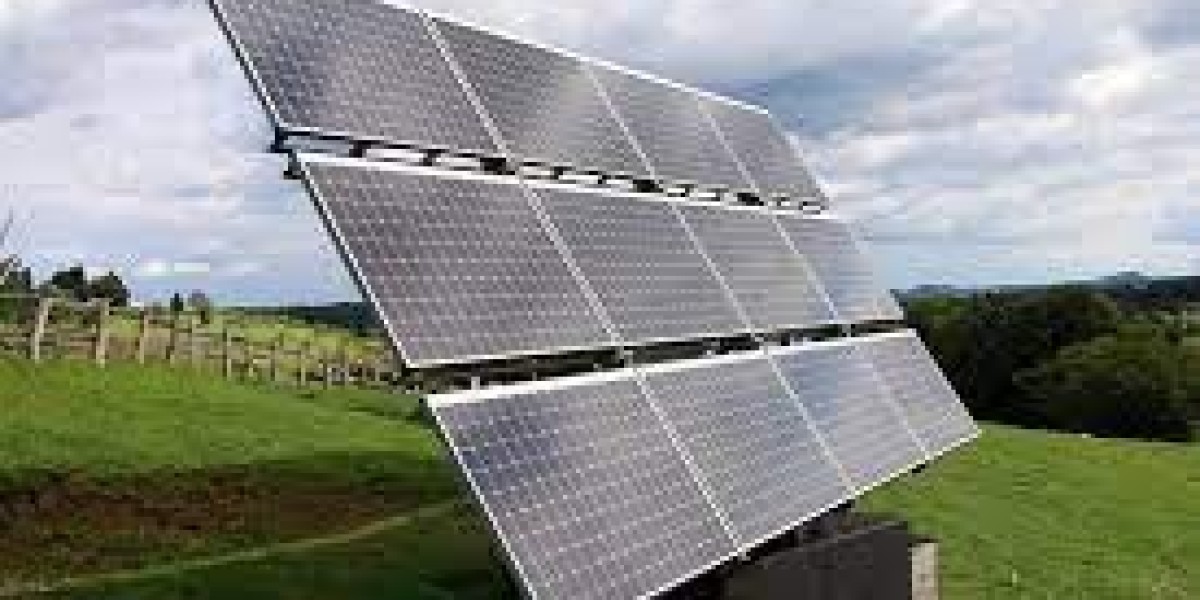Perovskite solar batteries are completely different from current crystalline silicon solar cells. According to the research report released by CITIC Construction Investment, perovskite batteries have two advantages of efficiency and cost: first, the theoretical value and laboratory efficiency of perovskite batteries have exceeded the performance of crystalline silicon. In theory, the photoelectric conversion efficiency of single-junction perovskite can reach 33%, and the lamination efficiency can reach more than 44%. In the laboratory, the photoelectric conversion efficiency of the single-junction perovskite battery has reached 25.6%, the perovskite-silicon laminated battery has reached 31.3%, and the efficiency of the all-perovskite laminated battery has reached 28% in June. The theoretical limit efficiency of photovoltaic conversion of crystalline silicon solar cells is 29.43%, and the laboratory efficiency is 26.7%. Second, the perovskite cell/module production process is much different from crystalline silicon and is more economical. Different from the crystalline silicon route to go through silicon material, silicon wafers, cells, components four links to prepare crystalline silicon components, perovskite component preparation only a single factory, and the production process time is significantly shorter than crystalline silicon, energy consumption is greatly reduced, perovskite material cost ratio is very low.
Due to these advantages, there have been a number of listed companies layout perovskite. According to the incomplete statistics of the China Times reporter, in addition to GCL, there are about 20 listed companies that have shown interest in perovskites, including Ningde Times. As early as last year, Ningde Times said it was building a 100MW pilot line with a target size of 1.2mx0.6m. In 2021, GCL Technology rolled out the world's largest perovskite module with a size of 1mx2m. Hangxiao Steel Structure also said on the interactive platform that its subsidiary Hete Optoelectronics put into production the first crystalline silicon thin film + perovskite stacked battery pilot line, with a target conversion efficiency of more than 28%. In addition, leading enterprises in the photovoltaic industry such as Longi Green Energy, Trina Solar, JinkoSolar, Oriental Sunrise, Tongwei Shares, and Zhonglai Shares have publicly stated that they have set up special teams to carry out research on related technologies.
From the specific progress, GCL is undoubtedly one of the fastest companies at present. "From small area to large size, high efficiency, from laboratory to production line, industrialization, from single junction to superposition with crystalline silicon, the current conversion efficiency has reached more than 30%, is about to open a huge new space for optoelectronic applications." Perovskite will appear in flexible wearable electronic devices, lightweight portable power generation devices, automobiles, photovoltaic glass building integration, computers, mobile phones and other consumer terminals, and be closely embedded in people's clothing, food, housing and transportation." Zhu Gongshan said so at the conference.
However, there are still different opinions on whether perovskite batteries will start to cause a shakeout in the photovoltaic industry.
Oriental Wealth Securities has issued a research report, summarizing the five shortcomings of perovskite battery technology: first, the size is small. The size of perovskite cells with high conversion efficiency is laboratory grade, which does not reach commercial size. Second, the stability is poor. Oxygen oxidation, light irradiation and ultraviolet light all have significant effects on the stability of perovskite batteries. Third, life expectancy is relatively short. At present, the perovskite battery life is not long, its maximum life is 3000 hours, but the crystalline silicon battery life is 25 years; Fourth, raw material toxicity. The raw material of perovskite battery contains lead element, which is toxic and may cause certain pollution to the environment. Fifth, the coating technology is not mature. The perovskite layer is not evenly applied on the surface of the device, which has a significant negative impact on the device performance, and better spraying processes need to be developed. It is precisely because of these shortcomings that the market's commercial prospects for perovskite are still controversial.








